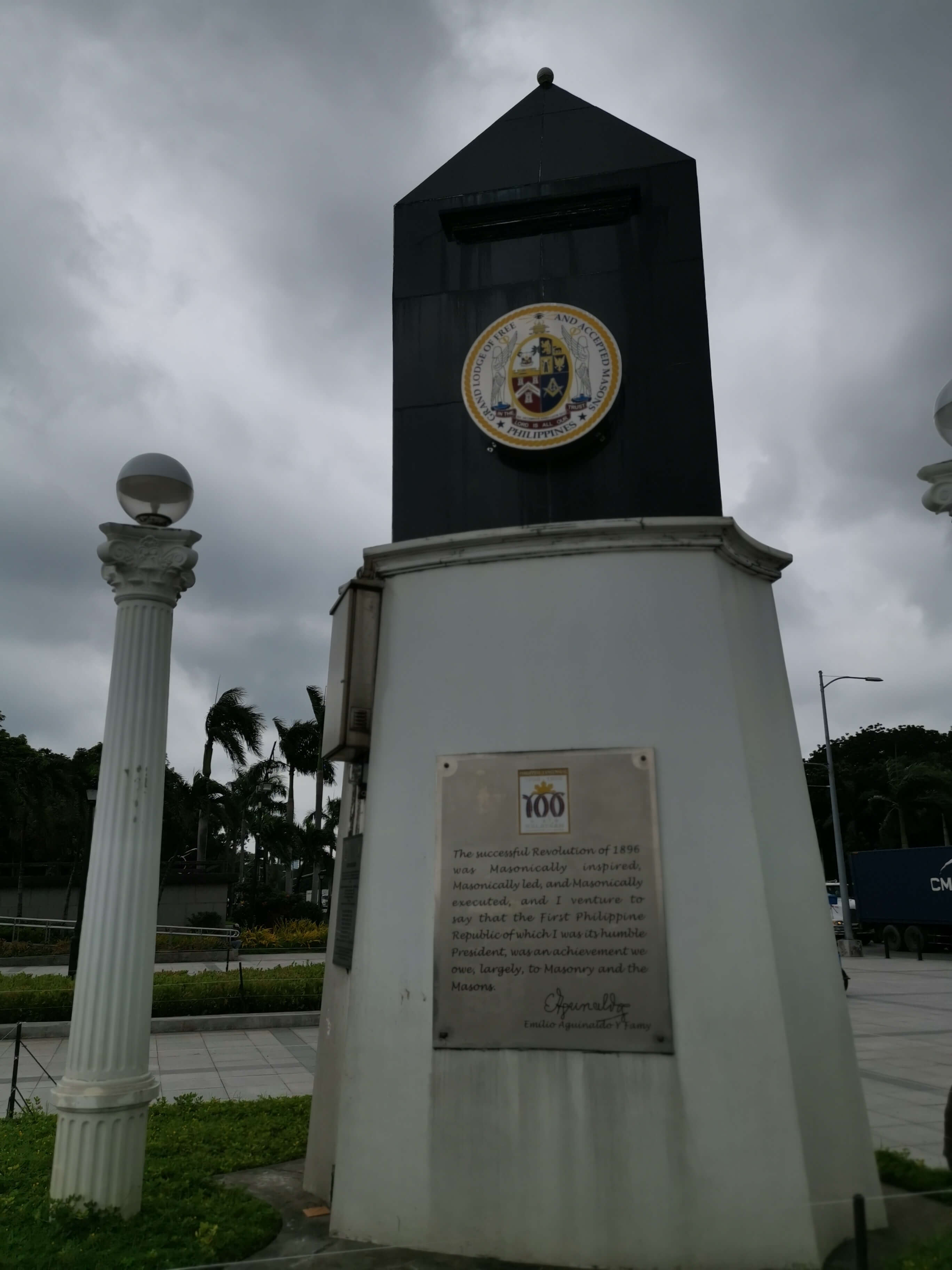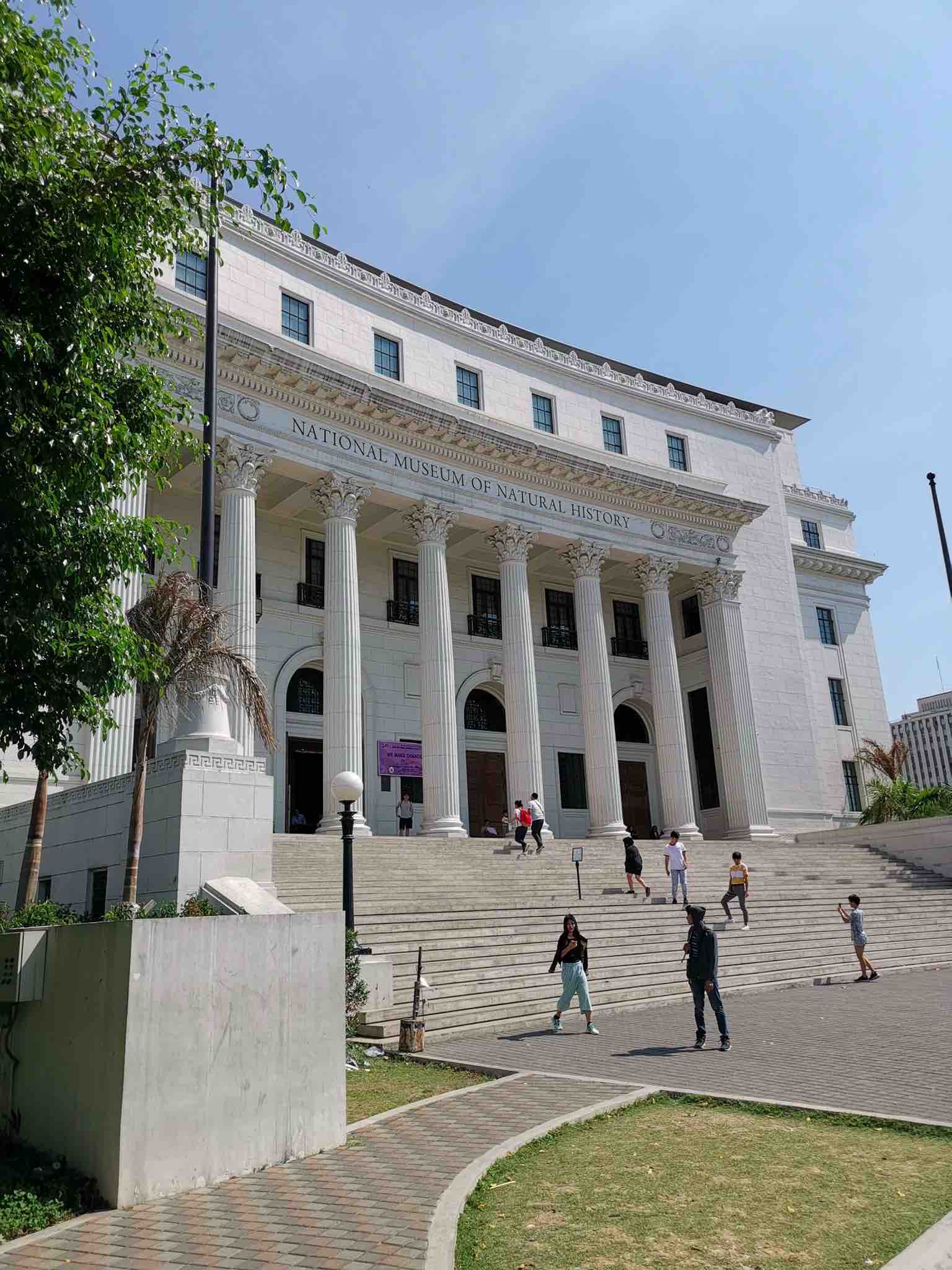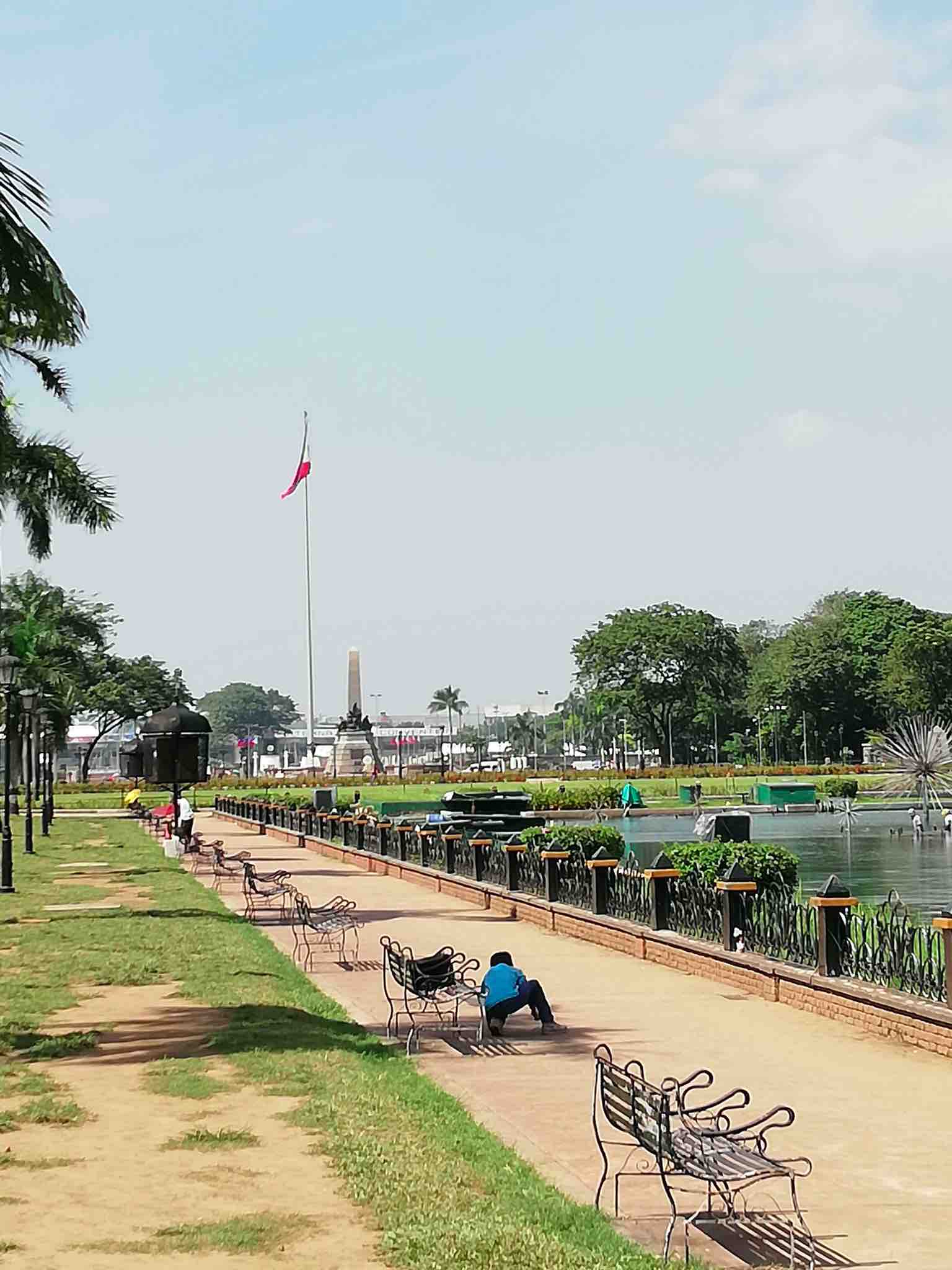Philippines - Independence Day - Rizal Park in Manila
Magandang umaga, maligayang Araw ng Kalayaan Pilipinas!
Good morning, best wishes on the Independence Day of the Philippines!
June 12 - this is a special day in the Philippines calendar. It is Independence Day, a day commemorating the beginning of the national uprising and liberation from the Spanish colonizers.
This is one of the few holidays associated with regaining independence and shedding the yoke of colonies in the history of this island state. Besides the Spaniards, there were also Japanese and Americans ...
The most distinguished person in the fight for independence was Jose Rizal, a patriot fighting for the liberation of the Philippines.
Let's visit the park named after him. It is the heart of Manila, where on such a day as today, the ceremonial raising of the state flag of the Philippines takes place on the pole, placed in front of the statue of Jose Rizal.

Let`s go to Manila
Living in Asia has its advantages. Close proximity to many interesting places means that you basically have no time to get bored. What distinguishes Asia is cheap travels.
A weekend in Manila, Kuala Lumpur, Jakarta or Singapore is an expense of $ 200-300, including the cost of an air ticket (Asia-Asia).
For the sake of iconography, I started to describe my travels from the first two - to China, where it all began, and I am talking specifically about Qingdao.
The journey to Manila itself is not very long. It depends on which country and city you are starting from. I have been visiting the Philippines from China and Vietnam.
In both cases, the journey takes about 3 hours and it is a flight from Shanghai, Hong Kong or Ho Chi Minh City. If I were to recommend an airline, I would say yes. Cheap and very punctual, but with a low level of on-board service, fly Cebu Pacific, as well as Air Asia - popular, Filipino low-cost airlines. I usually use Philippines Airlines which is the national carrier of the Philippines, but also Vietnam Airlines flying to and from Saigon. From Hong Kong, it's best to choose Cathay Pacific or Cathay Dragon. From Shanghai, a whole range of local airlines.
The Philippines is the only Christian country in Asia, so after arriving and arriving in the city, you will feel a bit like in Poland. Church at almost every street.
Quick check-in at Terminal 2 of Manila International Airport and catch a Grab or Taxi to the city center. I recommend Grab. Once it's cheaper than a taxi, you know how much you will pay (taxi drivers will always find a way to cheat) and the cars are more comfortable.
Depending on the district you choose to stay in, the journey from the airport is usually 40 to 90 minutes. Much depends on the time of day. Traffic in Manila is heavy. It is an agglomeration that today, including the surrounding area, has 12 million inhabitants. So it is very congested. The traffic is monstrous - cars, motorcycles, "Jeepney" that is left over from the US Army, converted into small buses, old cars, carrying passengers for several dozen pesos around the city - Metro Manila.
As for the accommodation base, I recommend the Red Planet hotel chain, which is quite affordable - max $ 40 per room. They are located in many districts, clean, tidy, offer good comfort when it comes to a room, a nice bathroom and a basic tea / coffee maker.
In some locations, they offer breakfast, and sometimes they simply have an agreement to cooperate with a local bar or a small restaurant, where you can just eat breakfast in the morning and have a good coffee.

Rizal Park
We got to the park. A walk around this, one of the largest parks in Asia, is an opportunity to learn about the history of the Philippines, explore museums and relax.
If you want to visit Rizal Park, the largest city park in Southeast Asia, choose the Red Planet Manila Bay Hotel, which is located a 7-minute walk from the park.
Rizal Park is 58 hectares of beautifully landscaped park located in the center of Manila. It really amazes me with its appearance.
It is so large that it is divided into three sectors. In the north-eastern sector, which covers 16 hectares, we have the National Museum of Natural History and the National Museum of Anthropology. These were former government buildings: the natural history museum used to be the seat of the Ministry of Agriculture and the building of the anthropology museum was once the building of the Ministry of Finance.
In addition to both museums that I really recommend visiting and seeing (admission is free, just enter the guest book, specifying your nationality and surname), there is also a wonderful map of the Philippines located in between them, built in a water basin and visible only from a certain height, e.g. a window of any of the museums. It makes a really big impression because it is a map of the Philippines recreated in detail - 7 thousand islands! The Lapu-lapu monument, donated by Koreans, adds charm to the process of colonization in Asia. In addition, nearby, on the left side of the park, we have a working, floral sundial, which is also a beautiful floral composition.

In the central section we have 22 ha of a beautiful park with Japanese and Chinese gardens. A large pool which is also a place of evening "light and sound" performances, where computer-controlled fountains show a great music and light creation for about 0.5 hours each weekend (Saturday and Sunday at 19:30). The crowning of the central part, towards the south, is the statue of Jose Rizal and the flagpole with the national flag.
The third section, 10 hectares south-west section is the oceanarium and Defilad Square, which also has its own huge stand. This square served mainly as a site for military parades. Today it is perfect for kite flying.
The park is 200 years old. It was designed and built in 1820, initially as a monumental avenue leading straight from the coast to government buildings. Through consistent expansion, expanding both frontages, planting trees and vegetation. In total, today there are 112 different plant species that grow in the park.
Its current name - Rizal Park - comes from the execution of a Filipino patriot, Jose Rizal. He was killed in the park in December 1896, which sparked a national uprising of the Filipinos against the kingdom of Spain and led the country to independence and the creation of the first Republic of the Philippines.
The shooting of Rizal took place in the part of the park that today is part of the Chinese and Japanese gardens. It is the eastern side of the park and there is a historical reconstruction of the execution site. The park is also known as Luneta Park.

For visiting the park, I recommend a full weekend, i.e. two days. One day to visit the park itself, Chinese and Japanese gardens and spend 1.5 hours in the evening watching the light and sound performance. I recommend spending the second day visiting both museums which are really wonderful. They have huge archives devoted to the natural history of the Earth, but also to the anthropology and history of the Philippines themselves.
As you walk from the hotel to the park, the first thing you will see is the monumental 46 meter pole with the huge national flag of the Philippines. The flag-raising ceremony takes place every first Monday of the month, so if you have the opportunity to stay in Manila until Monday, you will have the opportunity to watch it. This flag is solemnly hoisted onto the mast of a military ritual and stands in front of the statue of Jose Rizal.
It was here, on July 4, 1946, that the Philippines regained full independence after the war with the United States, and at 09:15, as a sign of victory, the flag was raised.
And it is not the only tourist attraction in this place.
On June 12, the celebration of Independence Day (liberation from the Spaniards), the national flag is also ceremonially raised. Additionally, on December 30, the day of Jose Rizal's remembrance, and on December 31.
Rizal Park is the venue for all kinds of national and international conferences, sports races and all kinds of meetings, such as youth days or religious celebrations.
On the occasion of this mast and the flag of the Philippines, such a curiosity.
The flag of the Philippines has a total of 3 colours: half of the flag is blue, half is red (horizontally) and the triangular indentation is white with yellow symbols for the stars and the sun.
In peacetime, the colour sequence is exactly like that, i.e. the blue part at the top, red at the bottom, while during the war, the Philippines flips the flag and then the colour sequence is reversed, i.e. red at the top and blue at the bottom. So far, I have not encountered this type of treatment with the national flag.

Opposite the pole, there is a beautiful statue of Jose Rizal, with 24/7 military assistance. It is massively visited by tourists and residents of the Philippines as Rizal enjoys the unflagging esteem and respect of all Filipinos.
Near the monument there is another curiosity, namely the Milestone, which is the "zero point - 0 km" from which all distances to particular places in the Philippines are measured.
No matter what time of the year you go to Manila, it is always warm, sometimes quite rainy, so umbrellas or raincoats. You can also always get away from the rain to one of the museums.


As usual, after visiting the city, I spend the evening on the promenade in Pasay, where I eat dinner in my favorite bar “Pete`s Place” and drink cool San Miquel light, enjoying live music and admiring the fantastic sunset over Manila Bay.
Finally, a commitment - I will devote separate, short entries to all the attractions that are available in the park. So, don't be afraid, you will soon be able to find out about everything in details.
Thank you Philippines! See you soon!
Salamat Pilipinas! Hanggang sa muli!
More articles


Pages created with WebWave














